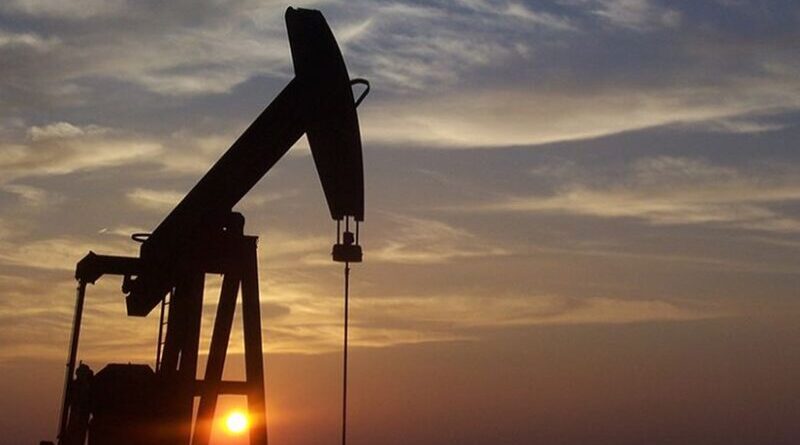How High Can Oil Prices Go? – OpEd
By Arab News
By Cornelia Meyer*
The recovery in oil prices has showed no signs of slowing over the past week, with gains in prices seemingly consolidated and locked in. After breaching the $75 a barrel mark earlier this week, Brent has largely held its gains, trading at around $73 a barrel at time of writing.
OPEC and its 10 producer allies from outside the bloc appear to have all but accomplished their mission of reducing the overhang of OECD oil inventories back to their five-year average. The big question is where we go from here.
Geopolitics could well derail oil’s bull run; there is a very real possibility that President Trump may effectively kill the Joint Comprehensive Plan of Action (JCPOA) on Iran’s nuclear program by May 12. Indeed, several banks and shippers have the option of not renewing oil contracts after this date.
The JCPOA lifted some trade and investment sanctions in Iran but others remained in place, making many international oil companies (IOCs) hesitant to invest in the country’s oil sector. A reinstatement of fuller sanctions would have ramifications for the country in terms of much-needed investment and access to Western technology, which in turn would have a long-term impact on the country’s oil production capacity.
In the short term, however, we can expect that Iran will simply redirect its oil trade from the West to the East if heavier sanctions are reimposed. After all, rising economies such as China and India are reliant on healthy supplies of crude.
Come what may, a US withdrawal from the JCPOA is likely to result in further gains for oil, for psychological reasons if nothing else.
Perhaps more significant is the question of Venezuela and its ever-diminishing oil production capacity, as the country’s economy continues to disintegrate. State-run oil company PDVSA, which once operated in the same league as the likes of Saudi Aramco, is a mere shadow of its former self, with years of mismanagement and underinvestment leaving it in tatters.
Libya is another potential hotspot. The country has increased its production to around 1 million barrels per day. However, the domestic political situation remains precarious and we will have to see how sustainable such output levels are.
Meanwhile, the price differential between WTI and Brent has widened, giving US crude an edge on the international market. A rise in oil prices has naturally brought about a rise in US shale production; total US production, dominated by shale, is forecast to increase nearly 15 percent this year by the country’s Energy Information Administration.
Capacity constraints in the pipeline and infrastructure system may stem growth in the short term, yet the shale producers have time and again proved nimble and responsive to market demand so such issues are likely to be addressed reasonably quickly.
So how high can oil prices go? Just as it is hard to see the end of a downward slope in a bear market, the temptation is to see the sky as the limit when you are in the middle of a bull run.
Caution, as ever, is key. True, geopolitics and a legacy of underinvestment in the upstream sector during the lean years have constrained supply — particularly by IOCs who canceled as much as 40 percent of scheduled investment in 2015/2016.
But there are other forces at work as well. The International Energy Agency expects non-OPEC production to increase by 1.8 million bpd during 2018, taking the edge off prices. The OPEC non-OPEC agreement that came into effect in 2017 will expire at the end of the year.
At that point pressure will mount on Russian energy minister Alexander Novak to allow the approximately 700,000 bpd of newly built-up capacity to reach world markets.
Still, if the world economy remains in a buoyant state, as many are predicting, we can expect the gains in the oil price of the past few months to be firmly locked in, with geopolitical tensions providing further upward momentum. That is assuming that posturing by the US, China and others on tariffs does not develop into a full-blown trade war, dragging down economic growth and slashing international demand for oil.
- Cornelia Meyer is a business consultant, macro-economist and energy expert. Twitter: @MeyerResources

